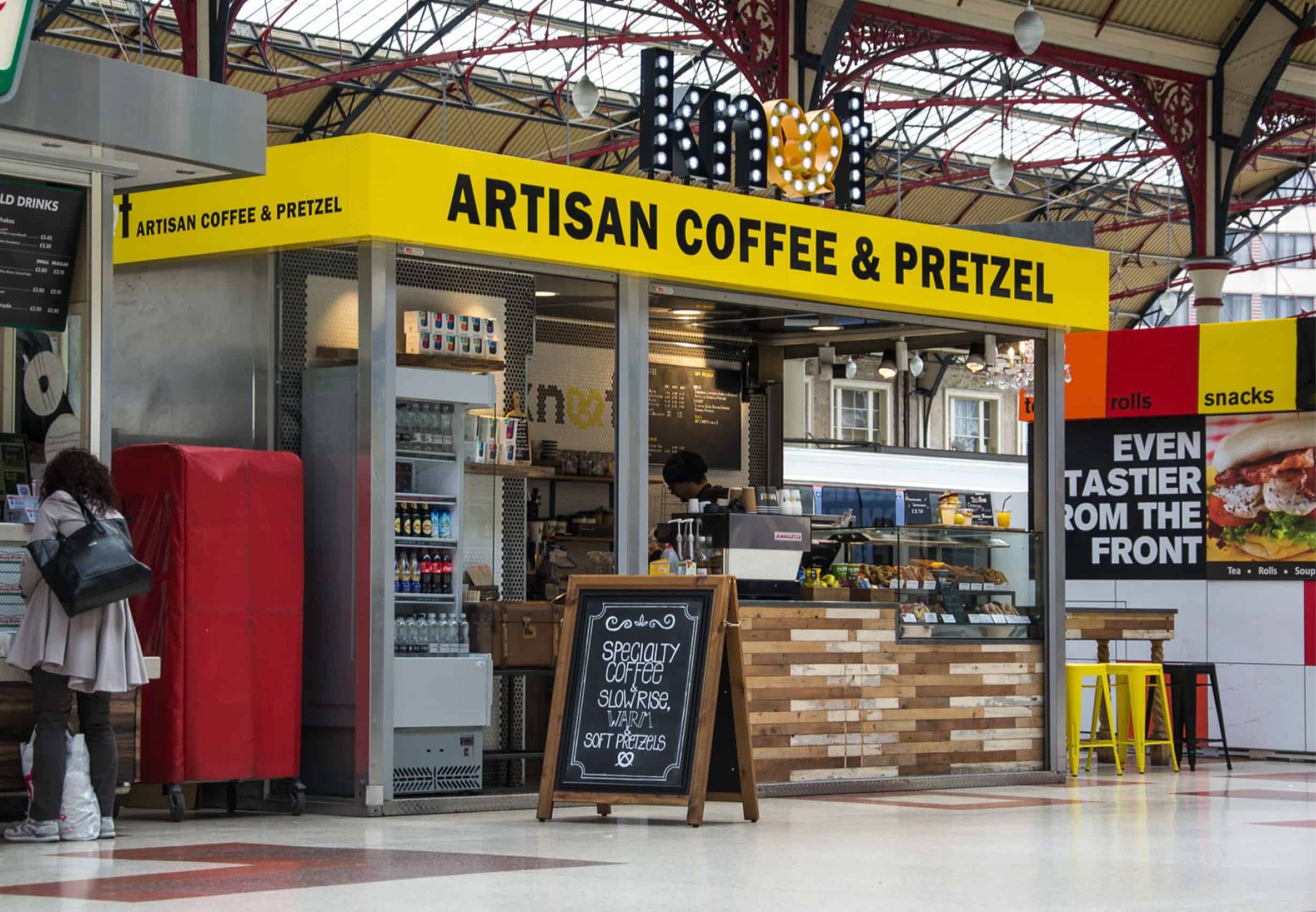Does your website generate sales enquiries
When considering a website redesign for your SME manufacturing company based in St Neots, it’s important to take a holistic approach that goes beyond just aesthetics. Start by assessing the current performance of your website and identifying specific pain points or areas for improvement.
First and foremost, focus on user experience (UX). Your website should be intuitive and easy to navigate, ensuring that visitors can quickly find the information they need. Consider the overall structure, layout, and clarity of your website’s design. A clean and organised layout can enhance user engagement and encourage exploration.
Content is a key driver of online success. Evaluate the quality and relevance of your existing content. Ensure that your product or service offerings are clearly communicated, and that the language used resonates with your target audience. Regularly update content to reflect any changes in your business, such as new products, services, or achievements.
Optimising your website for search engines (SEO) is crucial for increasing visibility and attracting relevant traffic. Research relevant keywords in your industry and incorporate them naturally into your content. Implementing an SEO-friendly structure and ensuring that your website loads quickly are additional factors to consider.
Incorporate responsive design to ensure that your website is accessible and functional across various devices, including smartphones and tablets. With a growing number of users accessing websites on mobile devices, responsiveness is essential for a positive user experience.
Integration of clear and compelling calls-to-action (CTAs) is vital for converting visitors into leads. Evaluate the effectiveness of your current CTAs and consider if they align with your business goals. They should guide visitors toward taking desired actions, such as filling out a contact form or requesting a quote.
Consider the visual appeal of your website. A professional and visually appealing design can enhance your brand image and build credibility. Ensure that your branding elements, such as logo and colour scheme, are consistent across the website.
Security is a critical consideration. Protect your website and your visitors by implementing security measures, such as SSL certificates. This not only safeguards sensitive information but also builds trust with your audience.
Lastly, seek professional assistance if needed. Collaborate with a reputable web design agency that understands your industry and can tailor a solution to meet your specific needs. A well-designed website can serve as a powerful tool for generating sales enquiries and establishing a strong online presence for your manufacturing business in St Neots.
Website Design St Neots
Interesting facts and information about St Neots
- St Neots set in easy access of the A1 and major rail networks is famous for its attractive and historic market town centre and riverside walks. St Neots is very popular with commuters looking for a good selection of shops, restaurants and open spaces in which to enjoy their leisure time
- St Neots is a town and civil parish in the non metropolitan county of Cambridgeshire, England, within the historic county of Huntingdonshire, next to the Bedfordshire county border.
- Lying on the River Great Ouse in the Huntingdonshire District, 49 miles north of central London,15 miles west of Cambridge and 29 miles south of Peterborough.
- The largest town in Cambridgeshire is St Neots with a population of approximately forty thousand, though it is developing rapidly with lots of new houses being built. Eaton Socon and Eaton Ford, two villages across the county boundary formed by the River Great Ouse in Bedfordshire, were merged into St Neots in 1965. Technology-based industries are located in some of the town’s light industrial estates, and there is a gas turbine power station at Little Barford on the edge of the town. Recent development has added Eynesbury Manor, Love’s Farm, and the Island, Little Paxton. It is projected that the population of the town will be sixty five thousand by the end of the Huntingdonshire Local Plan period (2036).
- From a historical perspective St Neots is named after the Cornish monk Saint Neot. Granted a market charter in 1130, Pilgrimage to St Neots brought prosperity for the town. In the eighteenth and nineteenth centuries, the town enjoyed further prosperity through brewing, corn milling, brewing, stagecoach traffic and railways. The town and its industry grew rapidly after the Second World War, as London councils paid for new housing to be built in the town to rehouse families from London. The first London overspill housing was completed in the early 1960s.



















